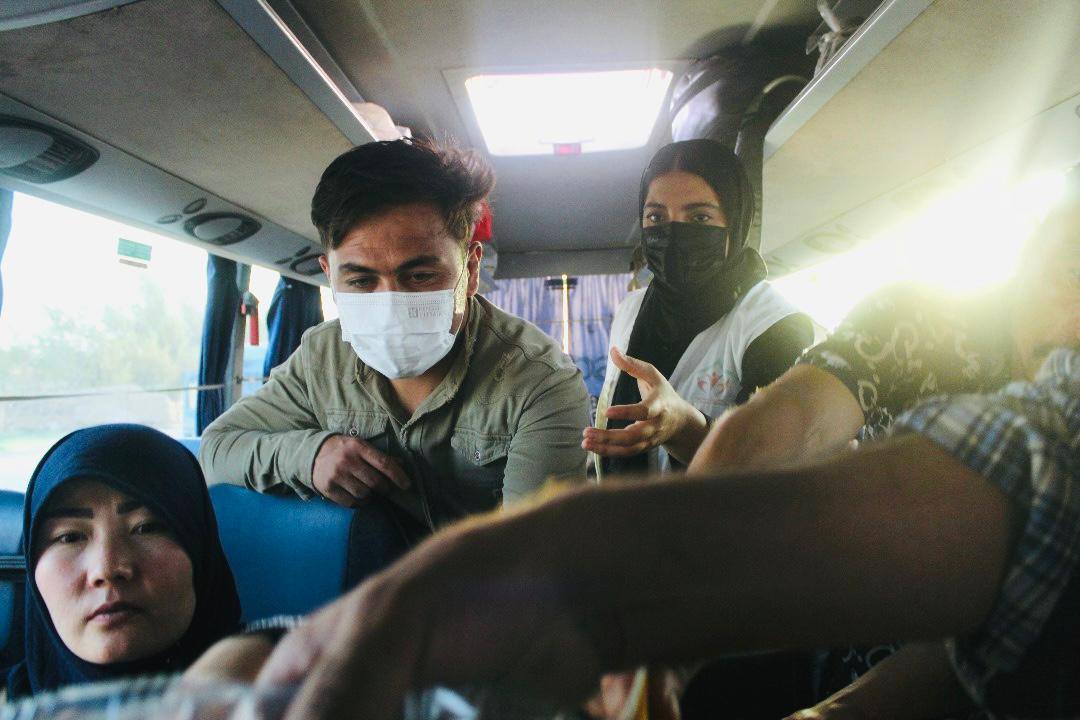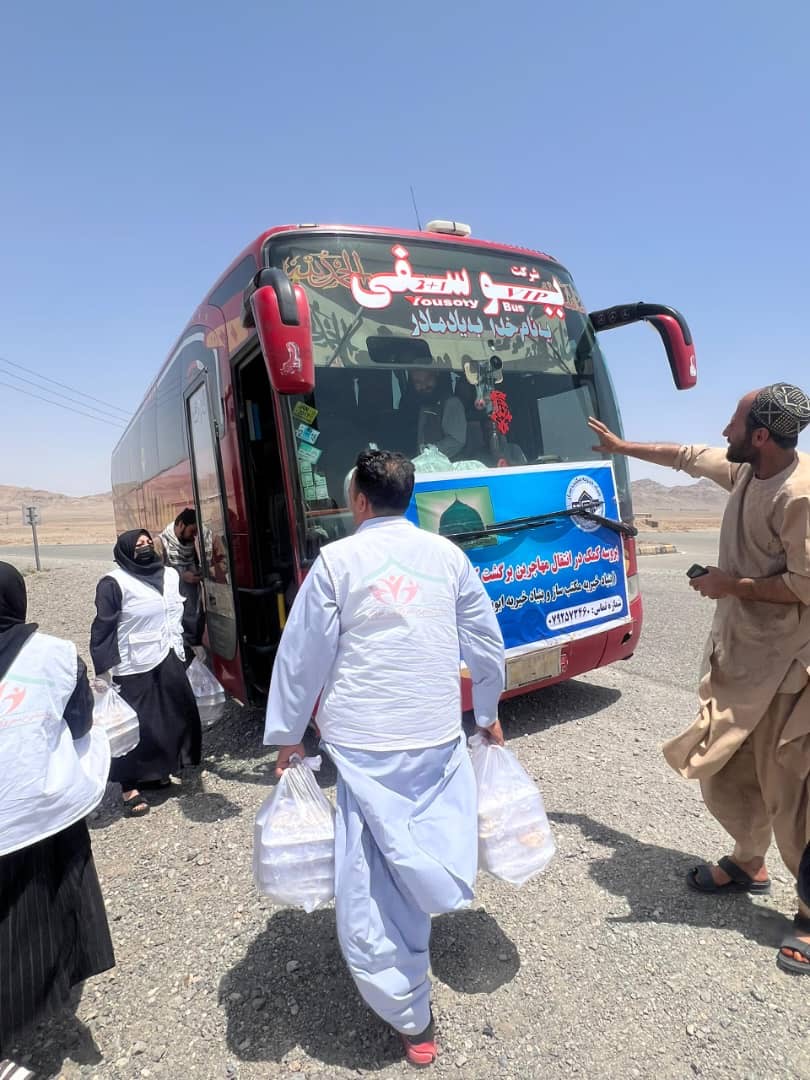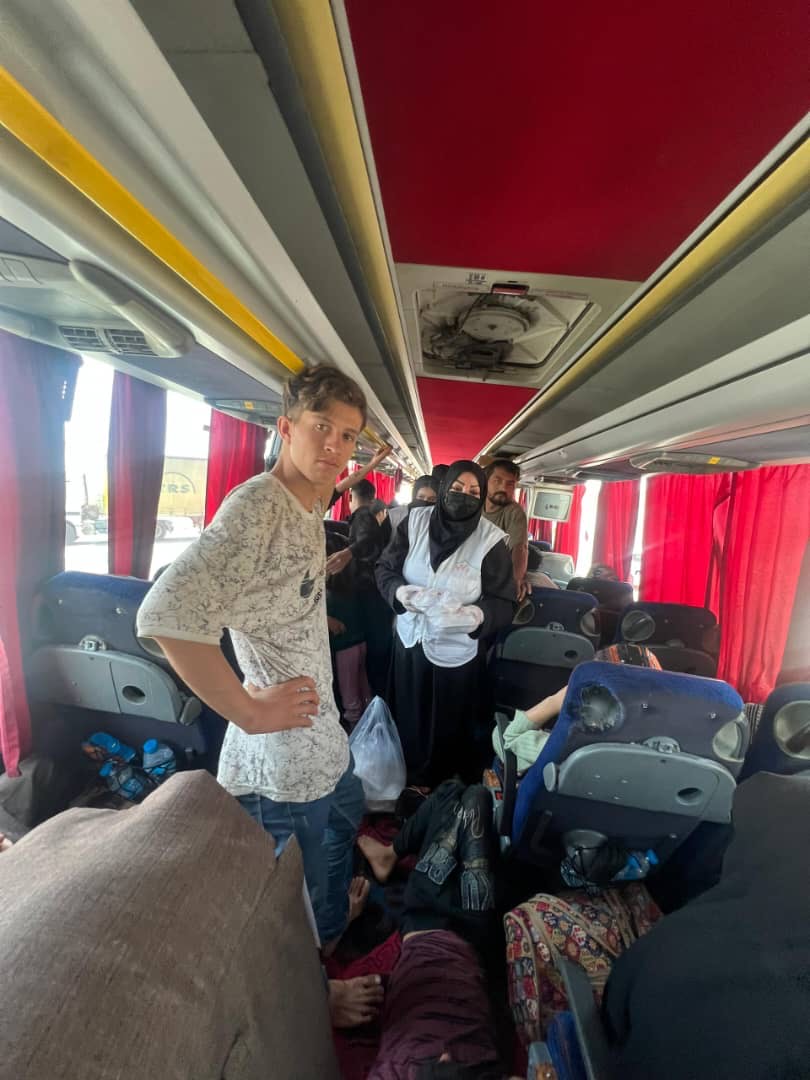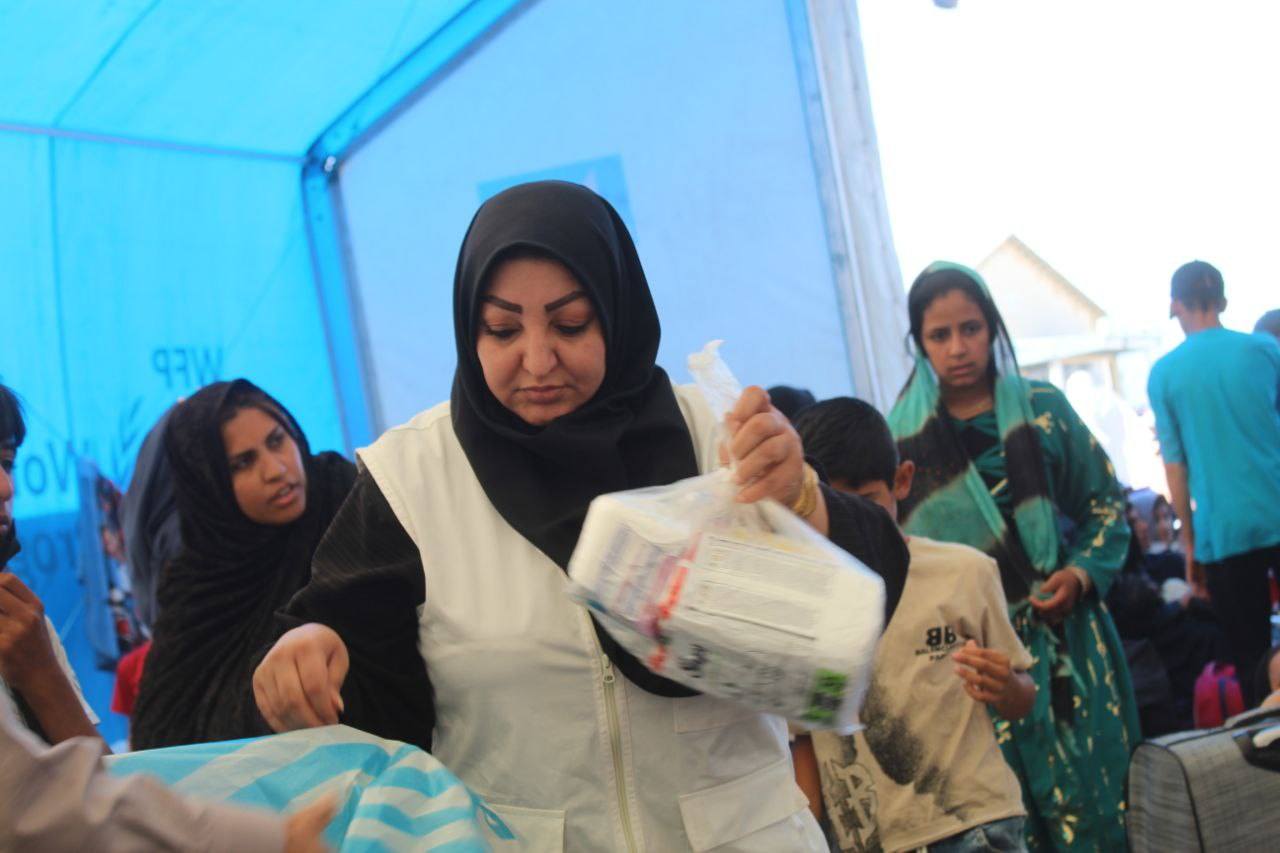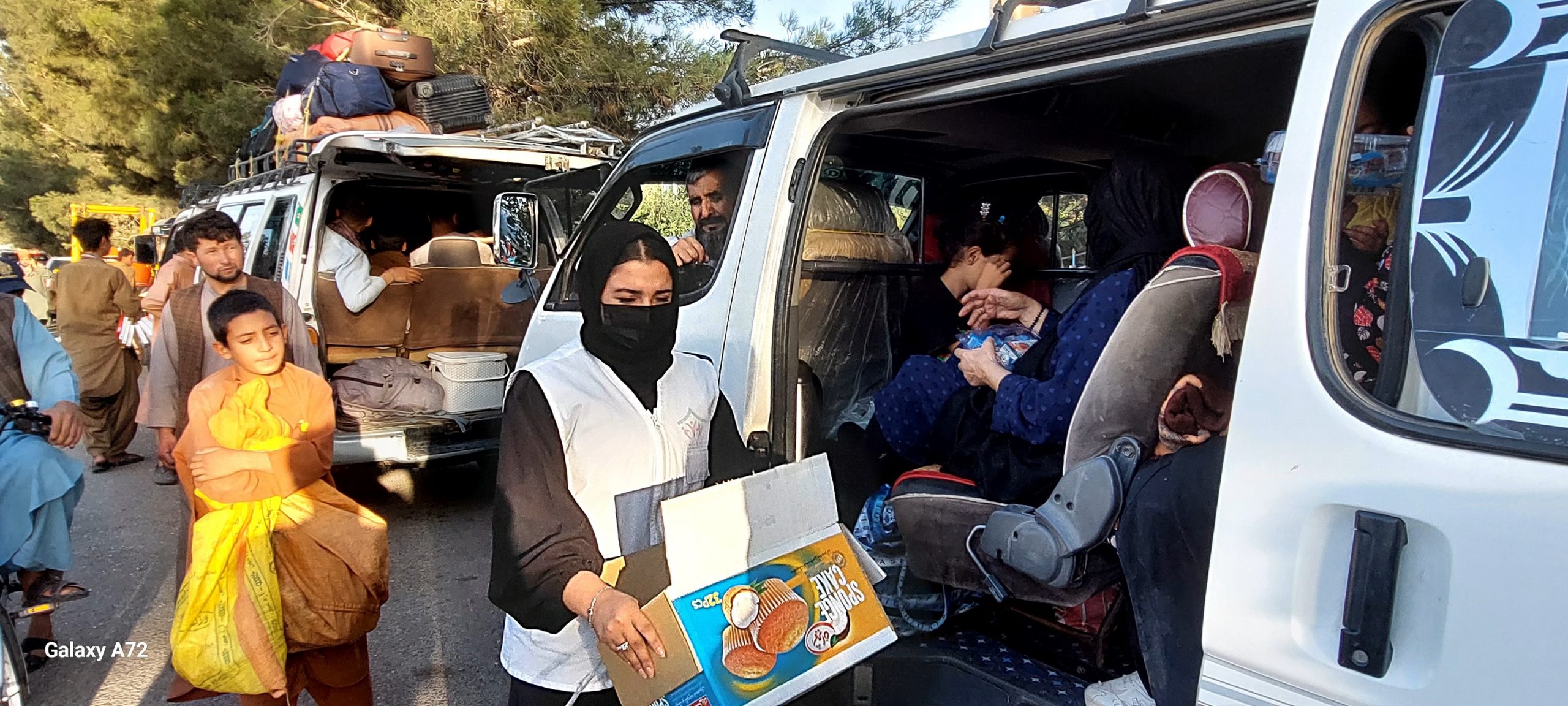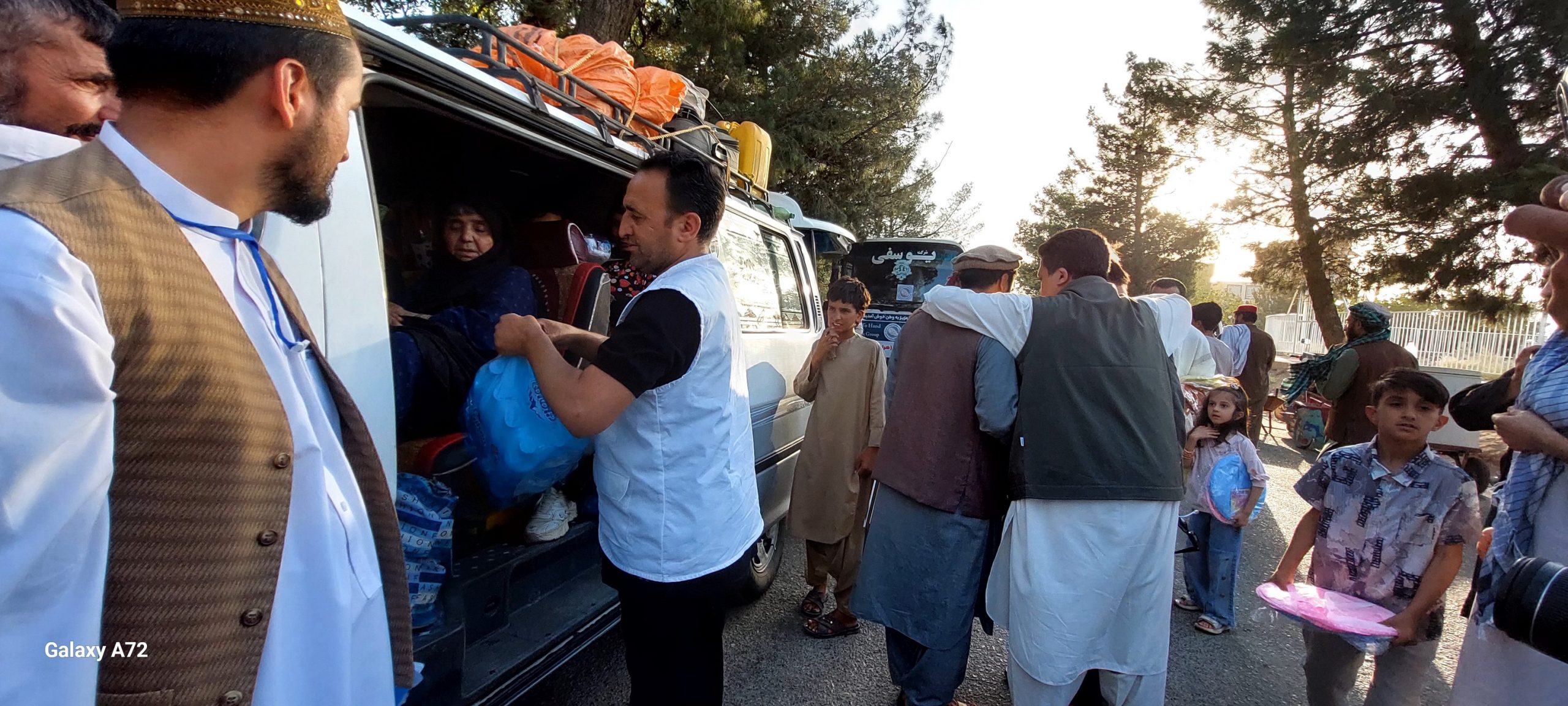The following is a guest post by Annika Schmeding, a cultural anthropologist, researcher at the NIOD Institute of the Royal Netherlands Academy of Arts and Sciences (KNAW), and lecturer at the University of Amsterdam.
All photos were taken by Abdul Qadir Salehi unless otherwise noted.
***
When Abdul Qadir Salehi arrived at the Iran-Afghanistan border on June 29th, he could hardly believe his eyes. Islam Qala, one of the main crossing points just east of Herat where Salehi lives, had been buzzing with movement for months as Iranian authorities deported Afghans. But recently, it had turned into total chaos and mayhem. Numbers had surged; most of the approximately 4 million Afghans residing in Iran had been threatened with deportation. Hearing the news, Salehi packed his wife Najiba and their two young daughters into the car and raced to the border to see for himself.
“On that day, there were only about 35,000 people who had been deported,” he told me in a recent conversation with a hint of irony. On some days, that number swelled to 50,000, up from around 2,000 over preceding weeks and months. Men, women, and children were camped out in temperatures that regularly climbed above 40 degrees Celsius (104 Fahrenheit), sitting next to the few belongings they had managed to take with them. Many carried only the barest necessities. Other essentials—water, bread, sanitary supplies—ran woefully short. The scale of the crisis had stretched aid groups beyond capacity, with the International Organization for Migration (IOM) and partners reporting that their assistance could only cover 10 percent of those in need.
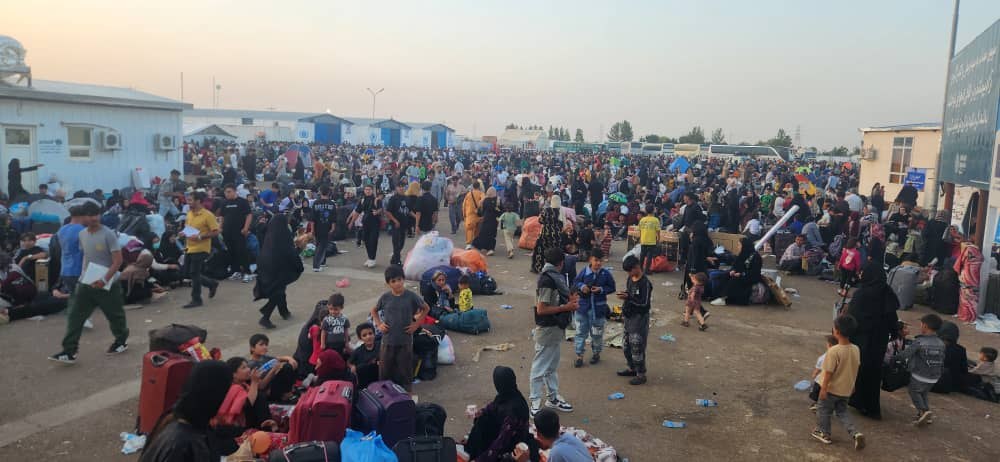
Some deportees had spent decades in Iran and made lives there. “There was this man who worked for forty years in Iran,” Salehi told me. “He owned land, a house, a car, and a business. But in an instant, they caught him and threw him over the border empty-handed.” He estimates that the vast majority of deported Afghans have not received wages they were due by employers, nor rents or deposits from landlords. “They arrive with nothing, leaving behind everything.”
Salehi decided he had to act. “I recorded a short clip to convey the horrific situation on the border to the people of Herat through my Facebook page. From that date on, we began providing relief, information, and direct assistance simultaneously.”
Through his social media followers, Salehi began mobilizing support. Heratis drove to the border to provide assistance, offering food and water to new arrivals enduring punishing temperatures and uncertainty over their immediate and long-term futures. “When I post about a number of people in certain areas needing transport or food, people respond quickly, in less than 5 minutes,” Salehi told me.
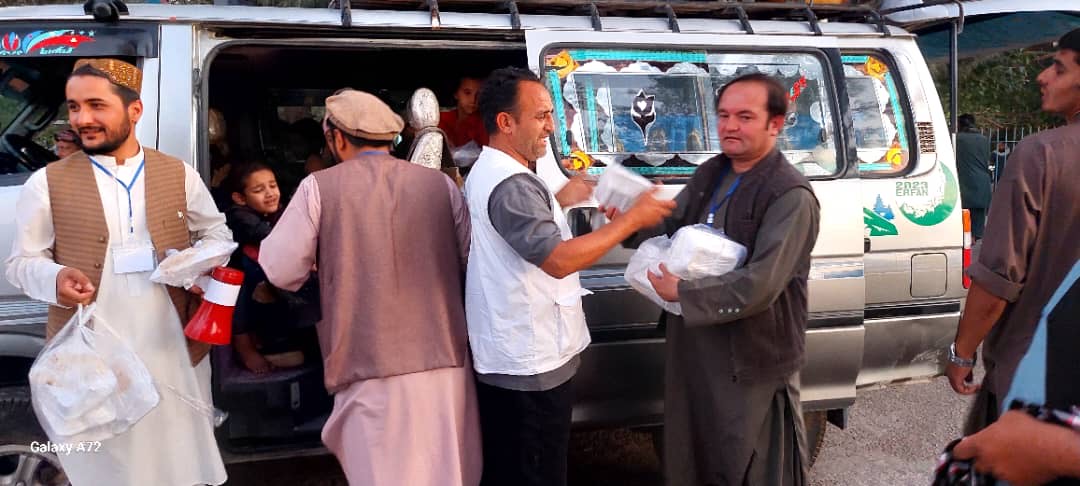
Amid the wave of expulsions from Iran, Afghans have mobilized mutual aid to support deportees. Salehi and his network of volunteers are able to provide support where governments and international institutions have faltered. These networks fill a crucial need and highlight the foundational role that grassroots solidarity plays in Afghanistan’s society.
This informal, resourceful civic engagement long predates formalized NGOs, bringing people together in their communities on a volunteer basis to improve local infrastructure through ashar (collective work), support those in need through khairat donations, and mediate disputes through traditional councils like shuras and jirgas. The concept of khairat refers to many different types of charity, including almsgiving, distribution of food to the poor, and assisting people in need, and is separate from remittances, which have also supported Afghanistan’s economy.
News of these mutual aid networks soon spread on social media, including male and female volunteers distributing food out of minibuses and chartering buses transporting families to Herat and beyond. Farhad Darya, one of Afghanistan’s most celebrated musicians renowned for his distinctive blend of contemporary sound and socially conscious lyrics, posted photos showing recent acts of solidarity.
He drew a parallel to a well-known story of Herat’s patron saint, Pir Khoja Abdullah Ansari (1000-1088). According to the tale, when Ansari’s students and disciples lamented that their tables and pantries were empty and there was no food to give to the famished, he reportedly asked: “Can you see if there is light in the Sufi lodge (khanaqah)?” When they replied that there was, Ansari instructed them to break the lamp and give its oil to the needy, explaining that while physical darkness might discomfort the body, darkness of the heart and hunger would kill the soul. Darya thus celebrated the acts of kindness and solidarity he saw unfolding in Herat: “Heratis welcome refugees on the order of the Pir of Herat (bah dastor pir Herat),” he wrote in his post. As they mobilize mutual aid networks, they offer a vital “lesson in humanity” (dars insaniyat).
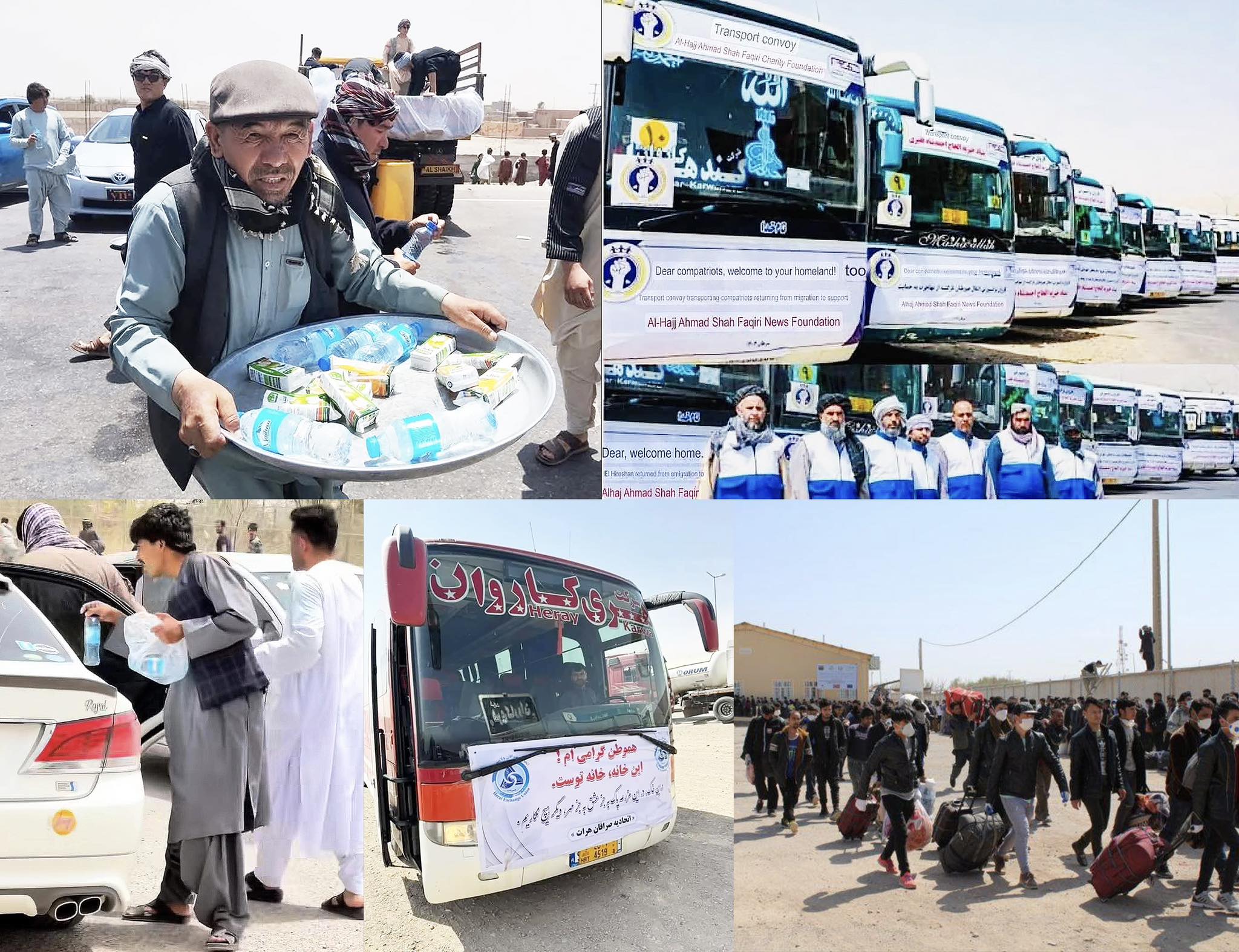
Darya’s invocation of Khoja Abdullah Ansari is revealing. It speaks to a deeper tradition of Afghan mutual aid that extends far beyond this current crisis. Historically, Afghans have relied on informal networks of support that operate independently of formal institutions, drawing on cultural and religious traditions of hospitality and collective responsibility through kinship ties, religious networks, and community bonds that transcend political boundaries.
These networks spring into action when the need arises, such as during the Covid-19 pandemic or the devastating earthquakes that hit Afghanistan in 2022 and 2023. Qadus Khatibi, a Herati pharmacist completing a PhD in political science with whom I chatted over WhatsApp, explains how he has been part of these volunteer networks: “I have always done this: during the Corona crisis, after the Herat earthquake, and when the floods came. And now of course as the returnees are coming. It’s not my job. I only join when I see that it is necessary. As soon as it is over, I go back to my work. It’s just out of respect for humanity that we support the helpless.”
Some solidarity networks are part of transregional religious networks, such as Sufi groups based in towns and neighborhoods across Afghanistan. In my book, Sufi Civilities: Religious Authority and Political Change in Afghanistan, I chronicled how Sufi teachers crowdsourced building wells and waterways, solar panels, and community kitchens through extended transnational networks. Their approach was steeped in an understanding of humanity (insaniyat) as interconnected and interdependent.
Sometimes existing networks adapt to meet the moment in unexpected ways. During the US-led military intervention and NATO war of 2001-2021, these networks cared for victims of attacks from all sides. In one such case—following an assault by militants on a maternity ward in Kabul—my colleague Omar Sharifi and I recorded the work of volunteers who collected funds to pay for the treatment of six wounded mothers and pregnant women, as well as several newborn children, including one who had been shot. These networks pooled financial resources to access medical treatments for wounded children or, if the treatments were not available in Afghanistan, sent them abroad. Over the years, they supported Afghans who needed to travel to Pakistan and India to receive quality medical treatment, undergo complex surgeries, or receive life-saving cancer therapies.
For Afghans, the ability to access these “therapeutic geographies” is closely tied to obtaining visas and being granted permission to travel, which has become increasingly constrained in recent years with neighboring countries restricting visa issuance for Afghans. Before these changes, access to health care in other countries was often paid for through crowdfunding in familial and friendship circles that extended from within Afghanistan to the diaspora, including volunteer donations from abroad.
These networks fill gaps in service delivery that would otherwise be the responsibility of functioning institutions. It is during moments when communities are underserved or when a crisis becomes overwhelming that individuals and their networks mobilize to address urgent needs. An Afghan worker affiliated with an organization at the border, speaking on condition of anonymity, detailed the situation: “IOM, UNHCR, and other international organizations cannot help all of them…” He lamented the hopelessness felt by frontline staff, who conduct screenings and are forced to triage who can be assisted due to a lack of funding. “But what about the others?” he asked. In such moments, private solidarity groups become indispensable. “When it comes to my experience in emergency situations, every little thing can help.”
What began as a series of localized efforts has grown in scale. In Herat, around a hundred people drove their own cars to the Islam Qala border crossing to bring deportees back to the city. Businessmen collected funds and bought water and food for distribution, and chartered buses were arranged to bring people from the border to Herat and other cities.
These are vital forms of life support for the thousands stranded at the border. “I met a young woman with her 5-year-old child,” Salehi told me. “Her money had been taken by Iranian officials in Mashhad. She was all alone, and without money or support, as her husband had left her in Iran.”
While the woman, who Salehi requested remain anonymous for her own safety, had been able to care for herself in Iran, the prospect of returning to Afghanistan was daunting: women deportees face the double burden of displacement and returning to Taliban-controlled Afghanistan where they are barred from traveling without a male guardian and stripped of their rights to work or access education, leaving many stranded at border crossings or vulnerable upon return. Salehi was able to relocate her from the border to Herat, where she and her daughter could stay with her brother. Her story is one of thousands of others.
Salehi argued that transportation to other provinces outside of Herat is one of the most urgent needs. He has focused on moving people outside of Herat, and when I spoke to him on July 18th, he said he had organized about 100 buses from Islam Qala to cities across the country, such as Kabul, Badghis, Ghor, and Faryab.
The scale of the current deportations from Iran is difficult to fathom. More than 600,000 Afghans have been expelled since June alone. A rapid escalation followed the 12-day-long Israeli assault on Iran, backed by the United States, after which Iranian authorities dramatically intensified deportations of Afghan refugees and migrants. They accused Afghans of spying for Israel prior to and during the attacks, highlighting a handful of supposed cases to justify a program of collective punishment against millions. In addition, while Iranian officials claim the deportations target undocumented Afghans, they have affected some who tried but were unable to regularize their status, and even Afghan children who have Iranian citizenship through parentage but little documentation to prove their status.
The vilification did not materialize out of nowhere: despite the fact that many Afghans made lives in Iran, they have faced a growing wave of discrimination and xenophobia even before the Israel-Iran war. The current deportations are the apotheosis of an accelerating process of marginalization, turning what had been simmering resentment into active persecution under the guise of national security. Many prominent Iranian journalists and intellectuals have reported on and condemned the deportations, and Iranian grassroots activist networks have also rushed to the border to provide mutual aid to Afghans stranded at deportation camps.
But the current deportations are only the tip of the iceberg of discrimination facing Afghans across the region: Turkey has been silently deporting Afghans for some time; Pakistan has expelled over 300,000 this year; Tajikistan recently announced a 15-day ultimatum for all Afghan nationals to leave the country, and other refugee-hosting countries have considered moves to expel resident Afghans. Anti-migrant rhetoric is on the rise – and in full swing in Western countries – despite voices such as the UN Special rapporteur for Afghanistan calling the forced expulsions “unconscionable.”
Grassroots solidarity networks cannot address the structural scale of mass deportations. But their significance lies in their ability to transform the crisis’s human dimension. These acts of local assistance serve as a crucial counter narrative to the dehumanizing logic of mass expulsion, creating pockets of dignity and care within an otherwise brutal milieu. One of the volunteers, Qadus Khatibi, poignantly laid out for me in a WhatsApp chat the value of these acts of solidarity: “I would like this solidarity of ours to be shown to the world. The people of the world should not see us as separate from them. We are all human beings, no matter political, geographic, ethnic or linguistic differences. They should consider the pain of an Afghan person as their own pain.”
The existence of these networks attempt to alter the atmosphere in which deportations unfold, offering an antidote to institutionalized inhumanity by ensuring that some returnees are met with a recognition of their humanness rather than mere abandonment. They are a reminder that compassion persists even amidst systems designed to strip people of their agency and worth.


